Spider Poem
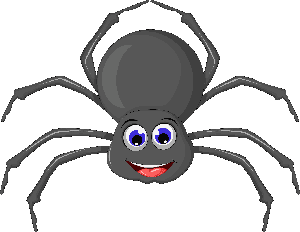
He creeps and he crawls,
8 legs can be seen,
His name is just spider,
And sometimes he’s mean…
I hope none are hiding,
Inside my room,
I hope there’s no spiders,
From noon to next noon!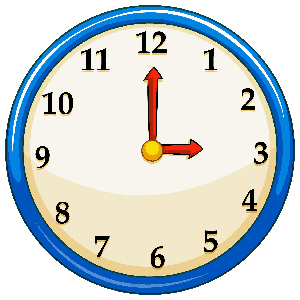
He isn’t an insect,
A common mistake,
His class is arachnid,
And webs he can make…
Like mites, and like ticks,
Has 2 body parts,
Hunts for his food,
Predator smarts!
I don’t want him in there,
Under my bed,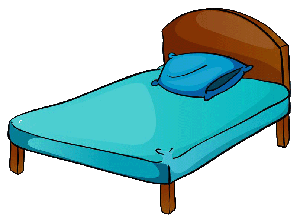
He’s better outdoors,
In nature instead…
No antennae or wings,
Like moths, flies, and fleas,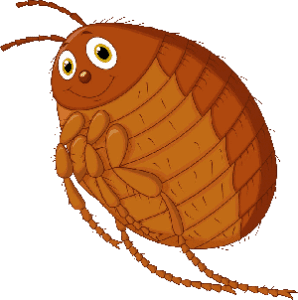
Hatches from egg sacs,
Not larvae like bees…
He’s sporting some fangs,
For biting and eating,
I hope that mean spider,
I’ll never be meeting!
Please push out that spider,
Use a long broom,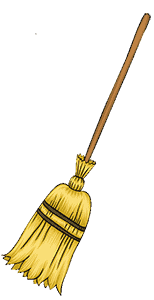
I can’t sleep when spiders,
Are sharing my room…
What is a Spider:
Spiders are arthropods which means they are related to insects and crustaceans (including shrimp, crab, and lobster), but unlike insects, spiders have 8 legs (insects have 6), no wings or antennae, and most possess fangs that inject venom.
While insects have three body parts (tagmata) spiders and other arachnids (including ticks and mites) only have two.
Spiders are predators that hunt and kill their prey.
Spider’s abdomens have spinnerets which provide silk to build the webs they use for shelter, and to ‘trap’ insects to eat.
Typically, spiders only eat insects or other spiders, but some large spiders can eat birds and lizards!
Most spiders are not dangerous to humans at all, but there are some species that have venomous bites that can be harmful.
The black widow spiders, which are common in the United States are known to have a venomous bite:
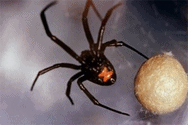
(if you see a spider with this red hour-glass figure on its abdomen, it would be best to avoid it).
Some people believe that “daddy long-legs” are venomous spiders, but they are actually not venomous at all.

